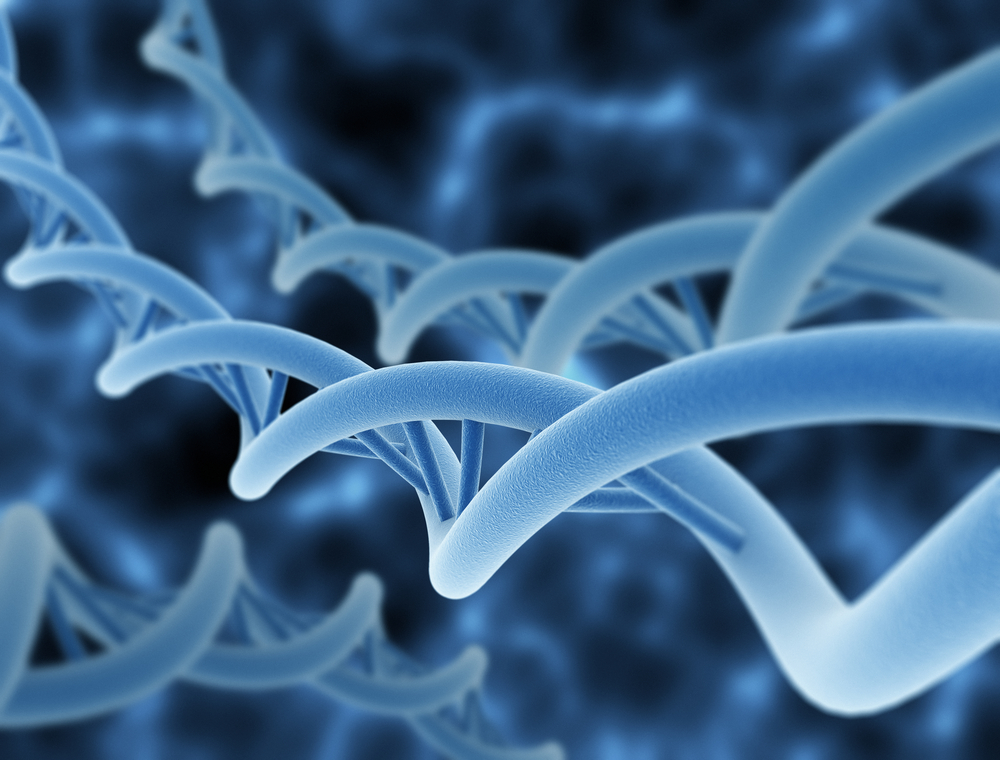Brain’s Capacity To Eliminate Alzheimer’s Protein Drops Significantly With Age
Written by |

The biggest risk factor for Alzheimer’s disease (AD) is aging. After the age of 65 the risk doubles every 5 years, with over 40% of those aged 85 and older expected to develop the debilitating condition.
Scientists at the Washington University School of Medicine in St. Louis managed to identify some of the crucial changes that occur in the brain as a result of aging, which enhance the risk of AD development. These physiological changes are highly related to amyloid beta 42, the main constituent of Alzheimer’s brain plaques. This protein is the result of brain activity and forms as a bioproduct that can normally be eliminated from the brain before it has the chance to clump into plaques. Researchers have long been suspicious that this is the main cause behind AD development.
“We found that people in their 30s typically take about four hours to clear half the amyloid beta 42 from the brain. In this new study, we show that at over 80 years old, it takes more than 10 hours,” noted study’s senior author Randall J. Bateman, who is a Charles F. and Joanne Knight Distinguished Professor of Neurology.
The results of this study, which appeared online in the Annals of Neurology journal, reveal that slowing down the disease increases brain levels of amyloid beta 42. Importantly, higher levels of the protein also increase the chances of protein agglomerates, leading to the formation of Alzheimer’s plaques.
In the study, 100 volunteers aged between 60 and 87 were assessed, with half of them evidencing memory problems, typical clinical signs of Alzheimer’s disease. The researchers observed that plaques started to clump in the brains of 62 participants. The subjects were subjected to evaluations such as brain scans to assess for the existence of plaques and analysis of cerebrospinal fluids, using a technology called stable isotope-linked kinetics (SILK). This technique was crucial to monitor both the production and the clearance of amyloid beta 42 among with other proteins within the body.
The team discovered that amyloid beta 42 was more likely to drop out of the fluid that surrounds the brain and gather together into plaques in patients with clumps. Also, decreased clearance rates of amyloid beta 42, like the ones seen in older participants, were connected with symptoms such as dementia, memory loss and personality changes.
Researchers believe the brain eliminates amyloid beta in four different ways: pushing it across the blood-brain barrier; transporting it into the spine; absorbing it with other proteins or breaking it down and depositing it into plaques.
“Through additional studies like this, we’re hoping to identify which of the first three channels for amyloid beta disposal are slowing down as the brain ages. That may help us in our efforts to develop new treatments,” Bateman concluded.





